An Exclusive Look At Airbnb’s First Foray Into Urban Planning
Two years ago, the founders of Airbnb were asking themselves what the company could become, now that its vision of becoming the world’s largest home-share community had come true beyond their wildest expectations. That’s when they happened across a list of the top 10 tech companies of the 1990s. They were stunned—and scared. Nine of those once-hot companies were now floundering or dead, and they had all done everything right. But by simply focusing on their core businesses, each of those startups had allowed competitors to copy them. Brian Chesky, Joe Gebbia, and Nathan Blecharczyk realized that if they weren’t thinking of what else their business might become, Airbnb would eventually become a dowdy has-been.
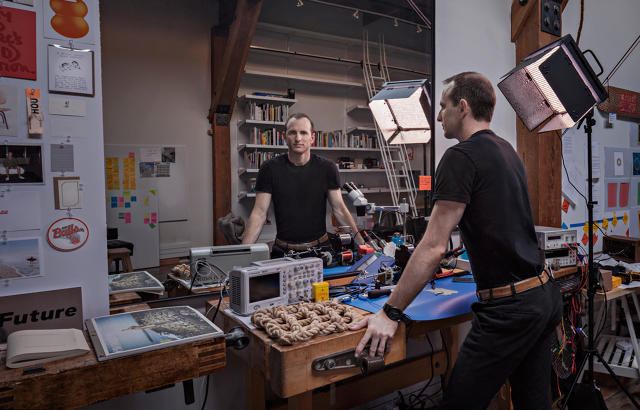
This week, Airbnb is revealing a new division tasked with inventing new futures for the company, called Samara. Airbnb is also unveiling Samara’s first project: a communal housing project designed to revitalize a small town in Japan. That model isn’t meant to be a one-off. After this project, Airbnb will look to scale it to other declining small towns across the world. The idea is that Airbnb could become a force not only in sharing homes, but in urban planning.
The aim is partly to expand Airbnb’s range of products. But the longer vision is that Samara will find other ways to turn both Airbnb and architecture on its head. “What excites me is that we can apply what we learned over the last eight years to create new types of commerce and new types of social change,” says Gebbia, who has devoted much of his energy over the last year getting Samara off the ground—hiring product designers, architects, and even a screenwriter to help storyboard the new experiences they’re trying to create.
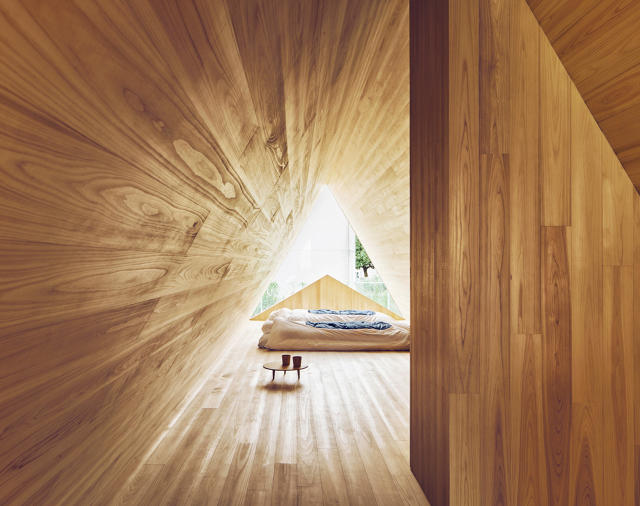
Surprising Inspirations And A Stunning Locale
The Japan project was initially inspired by an older woman in rural Japan who started up an Airbnb dwelling in her small city of Tsuyama Okayama. Her neighbors thought she was crazy, and wondered why anyone would visit. But visit they did, attracted by the charms of small-town Japan. That tourist traffic eventually led the woman to enlist her neighbors as hiking guides, translators, and tour guides. What started as a lark had actually brought a miniature tourism economy to a once moribund place.
Fast forward a few months later, when Airbnb was asked to participate in House Vision, a Japanese exhibition that asks companies to pair with architects to present a concept home. “We set off on a journey of many months,” says Gebbia. What they discovered is that the experience of that one woman in rural Japan wasn’t uncommon. Japan is dealing with one of the most rapidly aging populations in the world; that gray wave, when combined with the trend of younger people moving to bigger cities, has hollowed out Japan’s small towns. Doing research for this project, Gebbia visited a village with eight abandoned houses near its center.
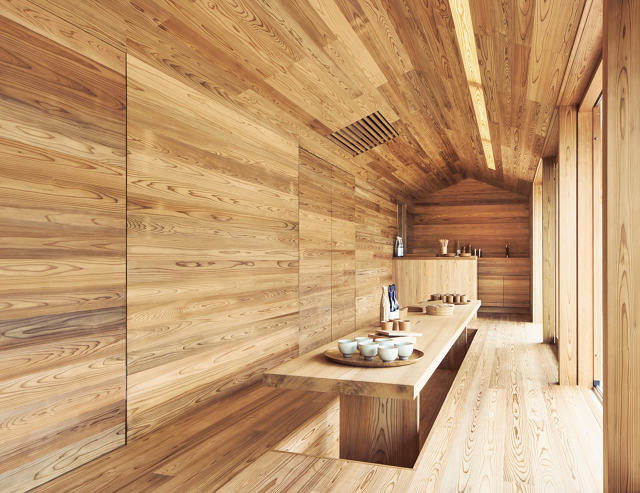
That woman’s experience inspired a novel solution. Gebbia’s team worked with architect Go Hasegawa to design a community center where travelers could also stay—thus providing the community with a central meeting point where they could also serve as hosts to tourists. “Hosts get an economic stimulus and something to get excited about,” says Gebbia. “It’s a pathway to get the community to help each other, and it happens to be in the form of architecture.”
A key part of the design is where it will eventually be installed: Yoshino, in the Nara prefecture, which is home to Japan’s most famous cedar forests. That location, and Nara’s strong community of craftsmen, made it relatively easy to source all the building materials locally, from the upholstery to the furniture. On the ground floor, there’s a living room available for community use, a kitchen, and a 16-foot-long center dining table. “Imagine it’s lunch time and you’re eating and at the end of the table there’s a community meeting taking place,” says Gebbia. “I picture Western guests walking up, stepping inside, and you’re interacting with the community from the minute you arrive. If you want to tour the sake factory, or the chopstick factory, or take a hike, the locals are right there.” The building itself sits on a wide, rippling stream, so that visitors can watch fishermen catch fish served in the sushi restaurants down the street. Upstairs are the bedrooms, oriented east-to-west, to track the rising and setting of the sun.
Is it naive to think that you can simply drop a building onto a community and expect them to reorient their lives around it? Gebbia answers that community centers have always been a strong part of Japanese culture; this effort in fact is simply piggybacking on government efforts to build new ones. He also says that the design and build process has been orchestrated so closely with the locals that they’ve become invested in its success—every piece of timber in the building is stamped with the name of the craftsman who felled and processed the tree. Airbnb has also trained people in the local villages to use Airbnb itself, so that they can become hosts.
After being exhibited at the House Vision exhibition, which is on display now in Tokyo, the building will be trucked to Yoshino in October, and will be open to the public soon after that. Then, Airbnb will begin tracking how well the experiment works. “If this works, there are a lot of villages in Japan that could benefit,” says Gebbia. But, more than that, there are a lot of villages across the world that could benefit as well, because the trends that sapped Yoshino are trends affecting many other countries across Europe and Asia.
Of course, it might be hard to replicate the perfect storm of favorable factors in Yoshino. The town donated the land, the community pitched in with resources and man hours, and the town itself was an idyll in search of an idyllic place to stay. But according to Gebbia, “Since we started, we’ve gotten calls from people in the U.K., China, Korea, Spain, France, and Italy, all with the same problem.”
Presumably, scaling up would mean going local in a manner even more intensive than Airbnb’s already significant efforts to tailor its offering to the mores of other countries.

What’s Next For Samara
Samara offers a tantalizing vision for doing well while doing good. But historically, innovation labs haven’t always helped the bottom line for their corporate parents. Just think of Xerox PARC and AT&T’s Bell Labs: The good ideas hatched there didn’t help those companies play a lasting role in the futures they created. Not that there aren’t strategies for avoiding those fates. Google X, for example, is reportedly buckling down on creating a product pipeline to turn research into real products. They also pay bonuses to managers for discarding projects before they drain too many resources.
Gebbia claims that Samara will stay viable by staying focused on strengthening Airbnb’s user community. By serving that community, the hope is to draw hosts ever closer to Airbnb, by giving them greater economic advantages from using more and more Airbnb services and products. “We’re going to use the lens community to build services that open new doors and new revenue streams for the community,” says Gebbia. “That space includes architecture, product design, software design, and new economic models.”
[All Photos (unless otherwise noted): Edward Caruso Photography]
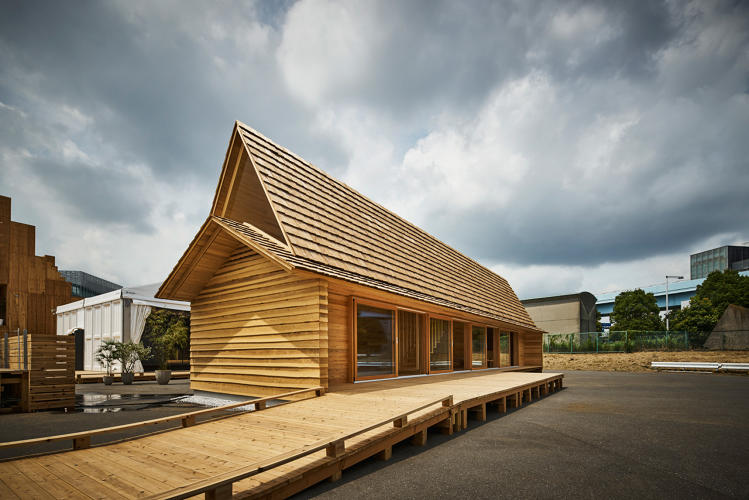
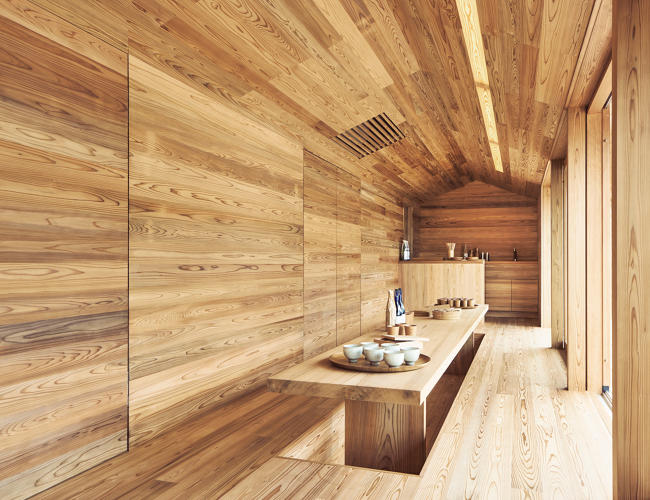
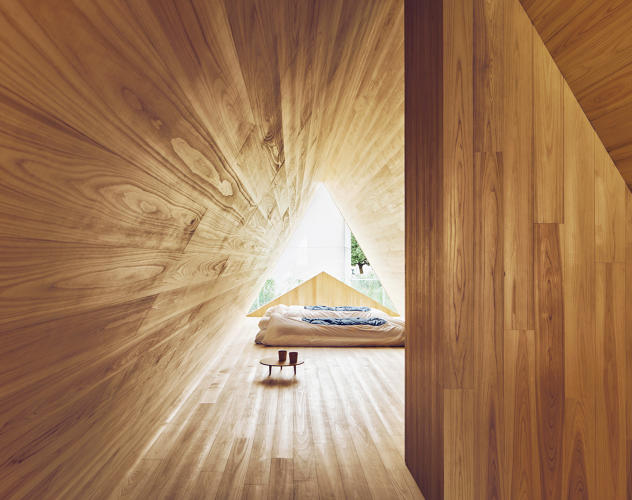
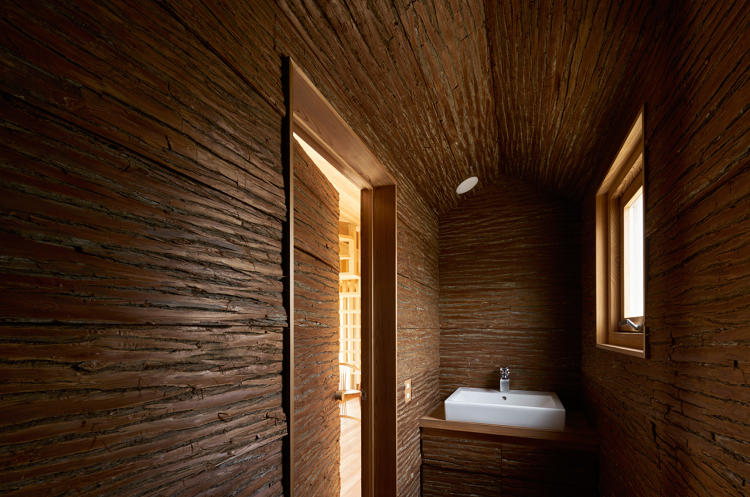
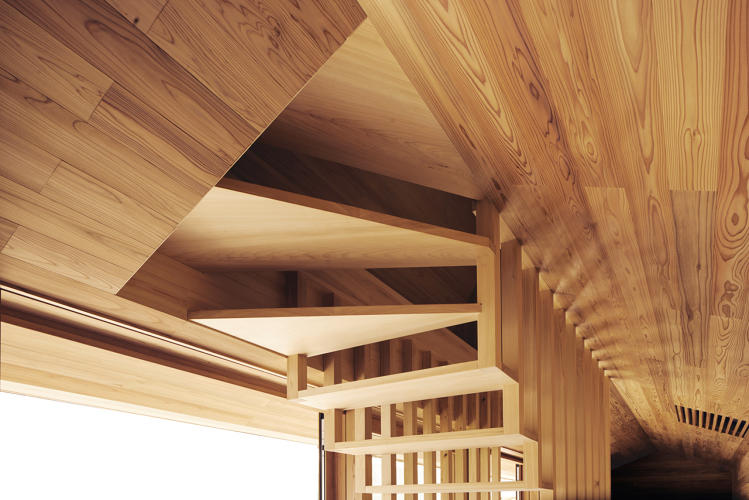

Fast Company , Read Full Story
(21)












